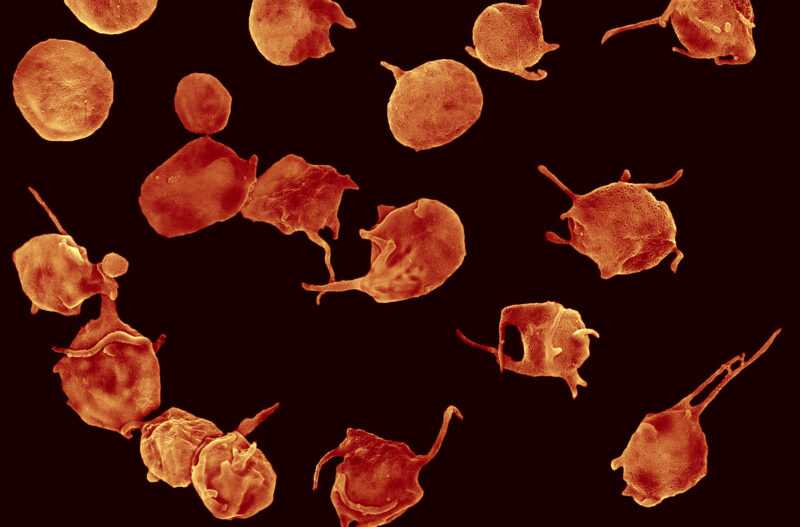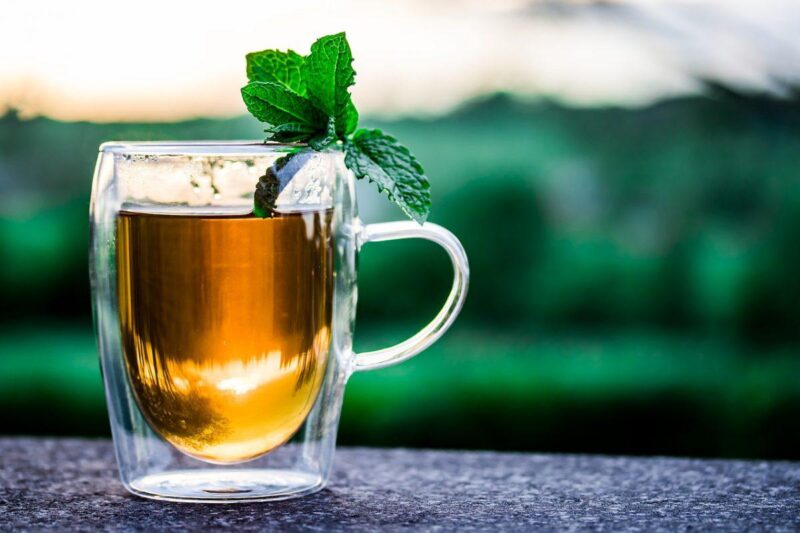Intro
Have you ever wondered how your blood stays in a liquid form when it’s running through your body but as soon as it leaks out of a vessel it can turn into a hard gel? The key is platelets, small fragments of very large cells that stick together when there is damage to your blood vessels. Platelets help to keep the blood in the blood vessels when we give ourselves minor injuries during the day (like just bumping your leg on some furniture), or if our vessels become too weak and tear a little bit.
But platelets need the right type of nutrients to perform their function properly. If the well-being of platelets is not considered then a person can end up with a deficiency and bleed excessively or they can end up with an inappropriate clot that blocks oxygen delivery to certain organs.
In fact, it’s very important to give all the different cells in your body that kind of nutrients they need. This is possible by maintaining a healthy diet and making sure you get the vitamins and minerals, and other essential nutrients you need. For more information on these dietary components, you can visit Customer Review, a website that looks at various health aspects and how they can be managed through dietary intervention.
The Journey Of A Platelet
Platelets are made in the bone marrow like other blood cells. Bone marrow is the spongy tissue that can be found in certain bones of the body like the hip and the thigh bone. They start off as giant cells called megakaryocytes. As they grow and mature these megakaryocytes break off into smaller fragments that are no longer living cells. These fragments are called platelets. Platelets then move into the blood and are relatively inactive. This is until they meet a break in the vessel wall where all bits of unusual tissues are sticking out. They bind to these projections and release all of their contents. This changes them from a sphere shape to a flat pancake shape. The substances they release help other platelets to stick and eventually the wall of the blood vessel is sealed off.
Giving Your Platelets Everything They Need
Several blood disorders start before the cells are even mature. If the cells don’t get everything they need in the bone marrow then they are of inferior quality when they exit and this can lead to particular blood disorders. For example, if a person doesn’t have enough Vitamin B12 in their diet, all the kinds of blood cells leave the bone marrow as big floppy structures instead of the robust units they are meant to be. The same goes for vitamin B9. If a person doesn’t have enough of either of these vitamins, they develop a disorder called megaloblastic anemia.
When Clotting Goes Wrong
There are times as well when platelets perform their function too well. They can clot when they’re not supposed to end this can lead to life-threatening conditions. Many of the cardiovascular diseases that are responsible for many deaths in the United States and globally are caused by inappropriate platelet clotting.
But what makes these platelets clot when they’re not supposed to? Well platelets, despite not being living cells – are highly active. They respond to a number of different chemical signals. One of those signals is the inflammatory chemicals called prostaglandins which are released when surrounding cells are damaged (this makes sense because when blood vessel cells are damaged, the platelets want to plug that hole up). The problem is, there are also chemicals in our environment called free radicals, that react with cell membrane molecules to produce isoprostanes, which have a similar effect on platelets. Therefore, free radicals can greatly increase the chance of inappropriate clotting. There is no need to panic though if you consume very high levels of antioxidants. Antioxidants stop free radicals from causing any damage.
Another example is a fat plaque building up in your artery. If you have very high levels of cholesterol, they deposit in the artery and that eventually ruptures and can form a clot that can be fatal. There are various other factors that increase the chance of inappropriate clot formation like smoking, remaining stationary for very long periods of time and high blood pressure.
So take care of your platelets. Give them the right nutrients and stay away from the wrong ones. If you treat them well, they return the favor.





